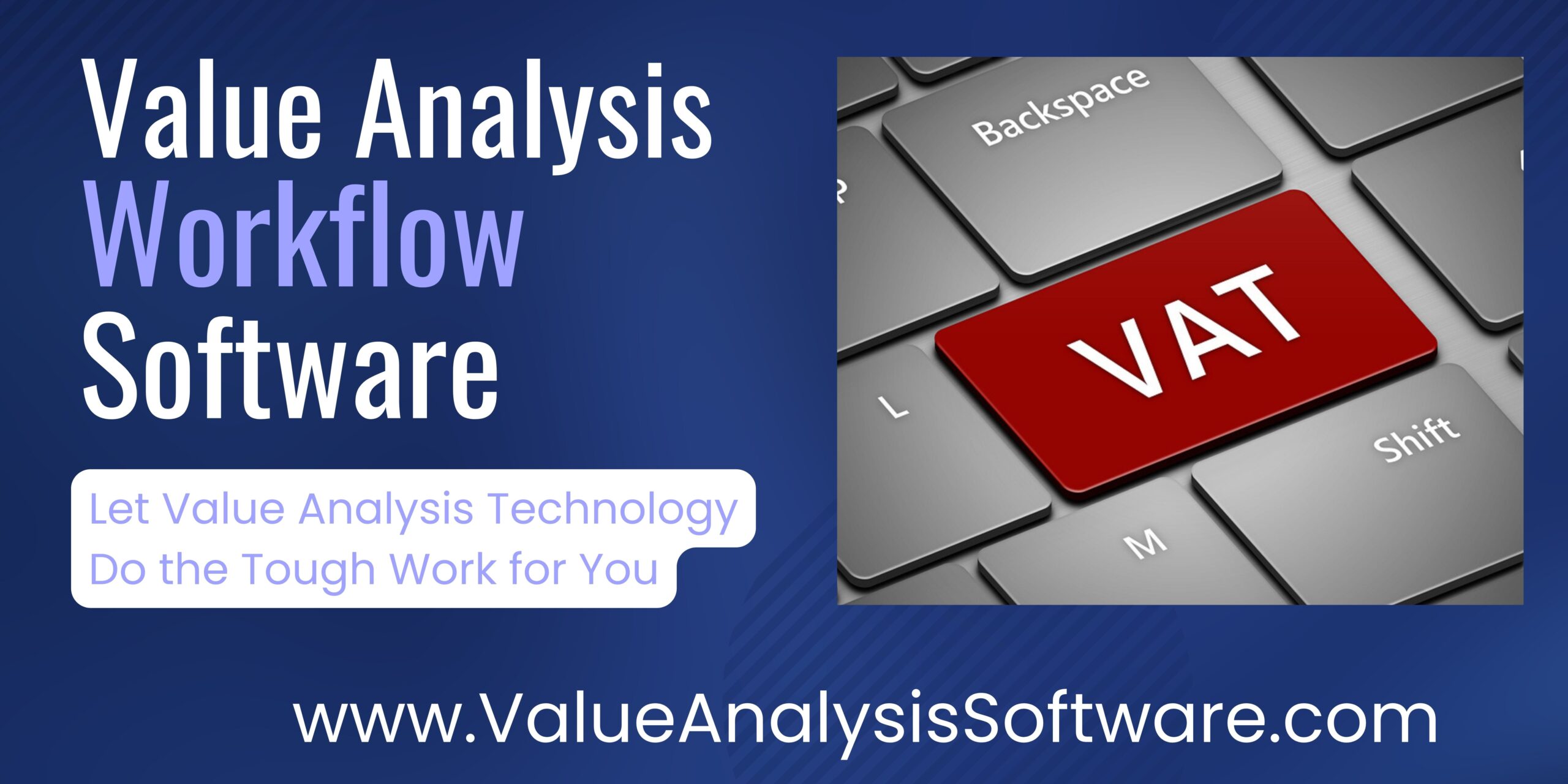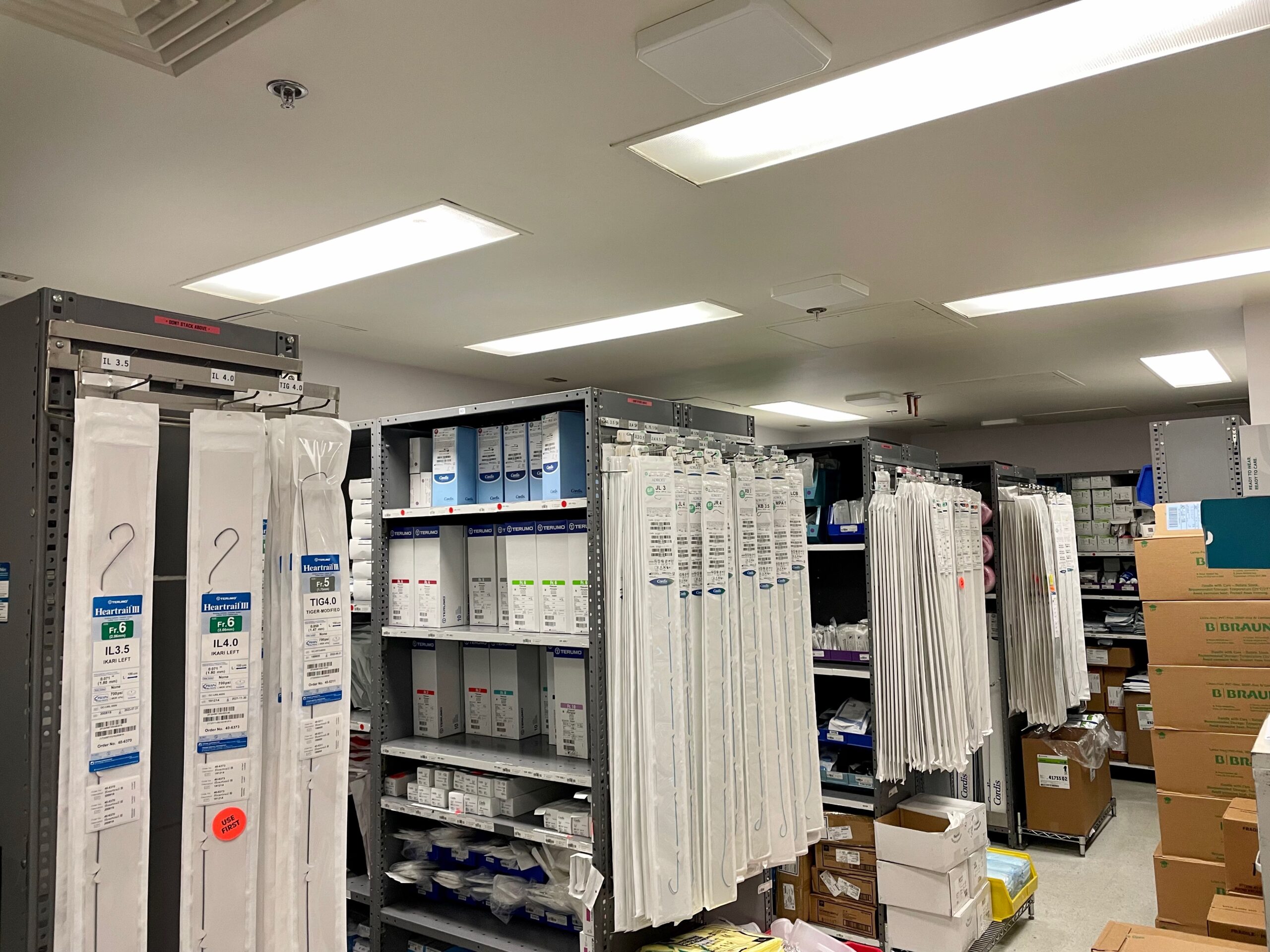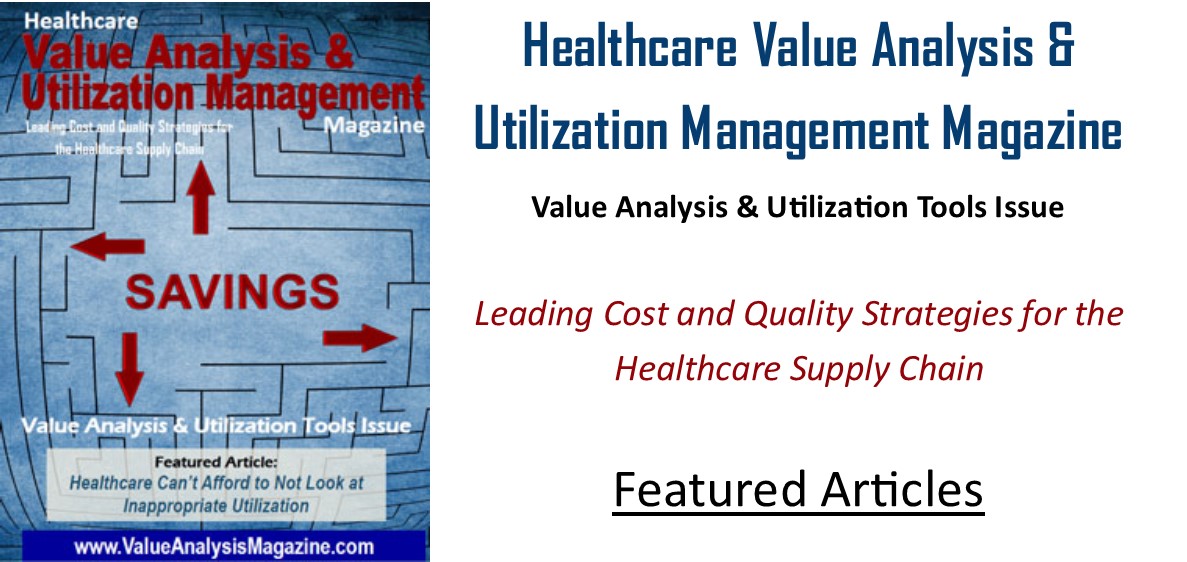By Robert W. Yokl, Sr. VP, Supply Chain & Value Analysis — SVAH Solutions
Let’s face it, with all the major effort that it takes your supply chain team to manage the group purchasing and contracting process, not to mention the new product request value analysis process, it is no wonder that any further cost management initiatives will be easily ignored. The big issue here is that this is not enough for your CFO because they are dealing with the fallout from the pandemic market conditions as well as all the other cost overruns due to product availability issues and vendor cost increases. This is a perplexing challenge for supply chain leaders as many report directly to their CFO, yet you know the toll that the pandemic has taken on your supply chain team. What is a happy medium that can give the CFO what they want and make it easier on your supply chain team?
There are More Savings Still In Your Supply Chain to Keep Your CFO Happy for Years
The good news is that there are plenty of new and robust savings beyond the savings you get from contract pricing and standardization programs. This new savings will even make up for inflation and will more than pay for the new product requests that increase supply chain’s annual budget costs by as much as 1% to 2% annually. Our firm has been tracking and trending savings opportunities beyond price for the past 15 years and we have found that the savings is as high as 7% to 15% in annual supply budget. This is on top of the contract price savings you are currently getting.
How Do You Finally Achieve the Next Level of Big Savings?
Believe it or not, there are still a lot of low hanging fruit left in the healthcare supply chain, but most are not seeing these savings because they don’t have any rapid cost optimization systems in place to show them where the savings are. If you knew where the big savings were you could do something about it, but not knowing just leaves potential harm to your bottom line. I am not talking about where you can get a better price or standardize on a contract here or there; those are price related savings. The reality is that price savings are small potatoes in the big picture.
Next Level Savings Requires Looking at the Total Cost
On a recent rapid cost optimization call, I was talking to a supply chain leader about the total cost of supply throughout the hospital system on a product that was coming up for contract renewal. Interestingly, he did not know what the cost was for this product which was a simple commodity that all organizations use. Because we track that product for them, we were able to show them their total cost of this supply throughout their organization. We showed them not just the total spend, but correlated this to the specific volume metric at each hospital in their system. I shared the report with him that quickly showed him who his best hospitals were with total cost of use of the product and who his worst performers were. We even showed him comparable benchmark ranges for where his hospitals should be to garner the most savings out of that category.
Supply Chain Teams Could Knock Out Any Big Savings
Knowing where you are and what best practices are within your organization, plus where your benchmark comparables are taking savings to new levels, don’t you think value analysis and supply chain teams can rapidly effect cost optimization? Of course they can! Remember, sometimes we need to ask the end users to correct wasteful or inefficient use of the products or train them to use it better. But to do this, you must show proof to the department heads and managers so they can self correct their use patterns. By the way, this is a much easier and more rapid way of optimizing costs than to try to find a lower priced product alternative and make changes only in the hope of savings occurring, all while chewing up precious time and human capital of your supply chain and value analysis teams.
Rapid Cost Optimization Saves Supply Chain Time and Brings Major Results
The name of the game is to start looking at your supply chain in terms of total cost of products, services, and technologies compared to a volume-based metric (cost per square foot, surgical cases, patient days, lab tests, cath lab cases, etc.) instead of just the price. I must admit, most times given the committed volume aspects of group purchasing and custom contracting in today’s marketplace, I don’t care what price my hospital health systems are paying because I know I can find bigger savings within their current contracts.
If you want to effect a whole new level of savings, you need to think differently and take the next step to looking at the total cost of the products, services, and technologies that you buy. My health system clients have come to rely on the next level of savings that we bring to them on an ongoing basis, and best of all, this does not interfere with their contracting programs. If anything, it helps them be more strategic as to the tactics they want to employ to bring about this next level of savings. Let’s make your supply chain more dynamic and start to look at the total cost of your products and where you can rapidly optimize costs for your CFO. I guarantee you, once you go down this road you will exceed your savings goals and objectives for a minimum of the next three to five years!
| About Robert W. Yokl, Sr. VP of Value Analysis & Supply Chain Solutions |
|---|
| Robert is the Program Leader for SVAH Solutions that provides value analysis, clinical supply utilization, and savings validation tools to help organizations to gain the next level of savings beyond price and standardization. https://www.SVAH-Solutions.com https://www.SavingsValidation.com |
Articles you may like:





